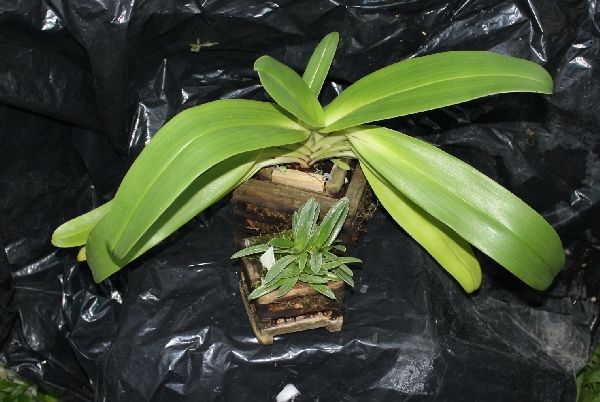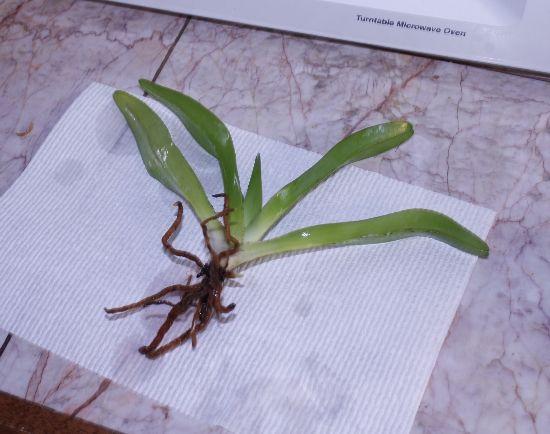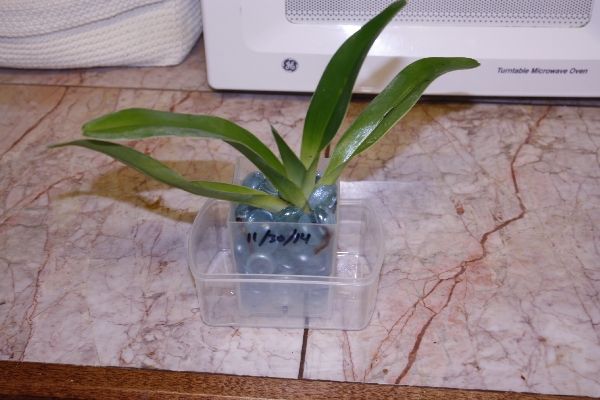Naoki, Rick, and everyone else that bothers, look into this approach on why low amounts of fertilisers make potting mixes last longer.
I think it is fair to say that one common experience is that when fertilising at lower levels, the potting intervals may be increased. The explanation involves the CEC (cation exchange capacity) of the substrate, or perhaps we should call it CAC(cation absorbtion capacity). Why? let me explain:
Most colloids and many organic structures like sphagnum, bark and CHC has active sites with the ability to dissociate and produce negative charges on the surface, which subsequently get some cation adsorbed. This is the way many (most) plants gets their cations; by removing a cation from its absorbed site, replacing it with a hydrogen ion (H+). That way charges are kept neutral.
Many components of the potting mix, particularly sphagnum, have these sites predominantly in the hydrogen form, i.e. no other added cation than hydrogen.
Once these sites are subjected to a liquid containing cations, e.g. potassium or calcium, the potassium or calcium replace the hydrogen and the moss liberates a certain amount of H+. This is acid and that is one of the reasons why e.g. sphagnum has an acid reaction in water.
Ok, after a while with fertilisers, all the sites are occupied with cations - which ones are dependent on their ability (concentration) and the size and charge of the ion. Generally polyvalent ions have smaller ionic radius than monovalent, so Ca2+ would replace K+ if fed at the same amount. But traditionally the content of calcium was not as high as that of potassium, so generally most sites would be occupied with potassium. Over time, when the substrate breaks down, more colloids are produced with more active sites that can adsorb cations. Over time, the amount of adsorbed cations can be quite high, and remember, this is adsorbed and will not be liberated unless they are exchanged by eg. acid. So measuring the amount by "pour through" will not measure it unless you pour through an acid.
If for instance you fertilise on a weekly basis, since the fertiliser probably is more acid than your normal water, this fertiliser may release quite a lot of cations and you might have a situation that suddenly gets more or less poisonous for your roots due to a massive liberation of cations. This will be primarily potassium I suspect, since once polyvalent ions like calcium adsorb, they will have excess charges available and the posibility of neutralising two negative sites. This can be done by linking two colloids. A typical example of this kind of reaction is stabilisation of clay by lime. The effect of that action is that the cations both gets immobilised and also that the colloids transform to an earth-like structure (this is soil).
If we restrict the amount of monovalent ions relative to polyvalent, e.g increase the amount of calcium and magnesium (and the micros for that sake) relative to potassium (and probably ammonium, NH4+), then the sites will be occupied by e.g. calcium , the calcium replaces potassium being adsobed.
A nice explanation to this is given in the link below:
http://www.terragis.bees.unsw.edu.au/terraGIS_soil/sp_exchangeable_cations.html
If your fertiliser contain ammonium, NH4+, that ion will compete with the potassium getting adsorbed. The adsorption Properties are similar, but a little more ammonium than potassium gets adsorbed:
http://www.ipipotash.org/udocs/Interaction_of_Potassium_and_Ammonium_ions_in_Soil.pdf
What is the effect of all this? Simply that if the levels of potassium is kept low relative to calcium, then less gets adsorbed and the likelyhood of later getting a massive liberation is reduced. Also since some potassium is needed you cannot remove it entirely, but if the fertiliser contain ammonium, then adsorbtion of potassium is further reduced.(its probably much more complex than this but this is my interpretation).
If you start with a potting mixt that has a low CEC i.e. stay away from sphagnum and CHC, then things may work fine for a long time. If the bark is treated with calcium (Orchiata) then even better, and if you use a fertiliser with proportionally more calcium/magnesium than potassium, it would help as well. And last, ammonium helps also.
Comments?






